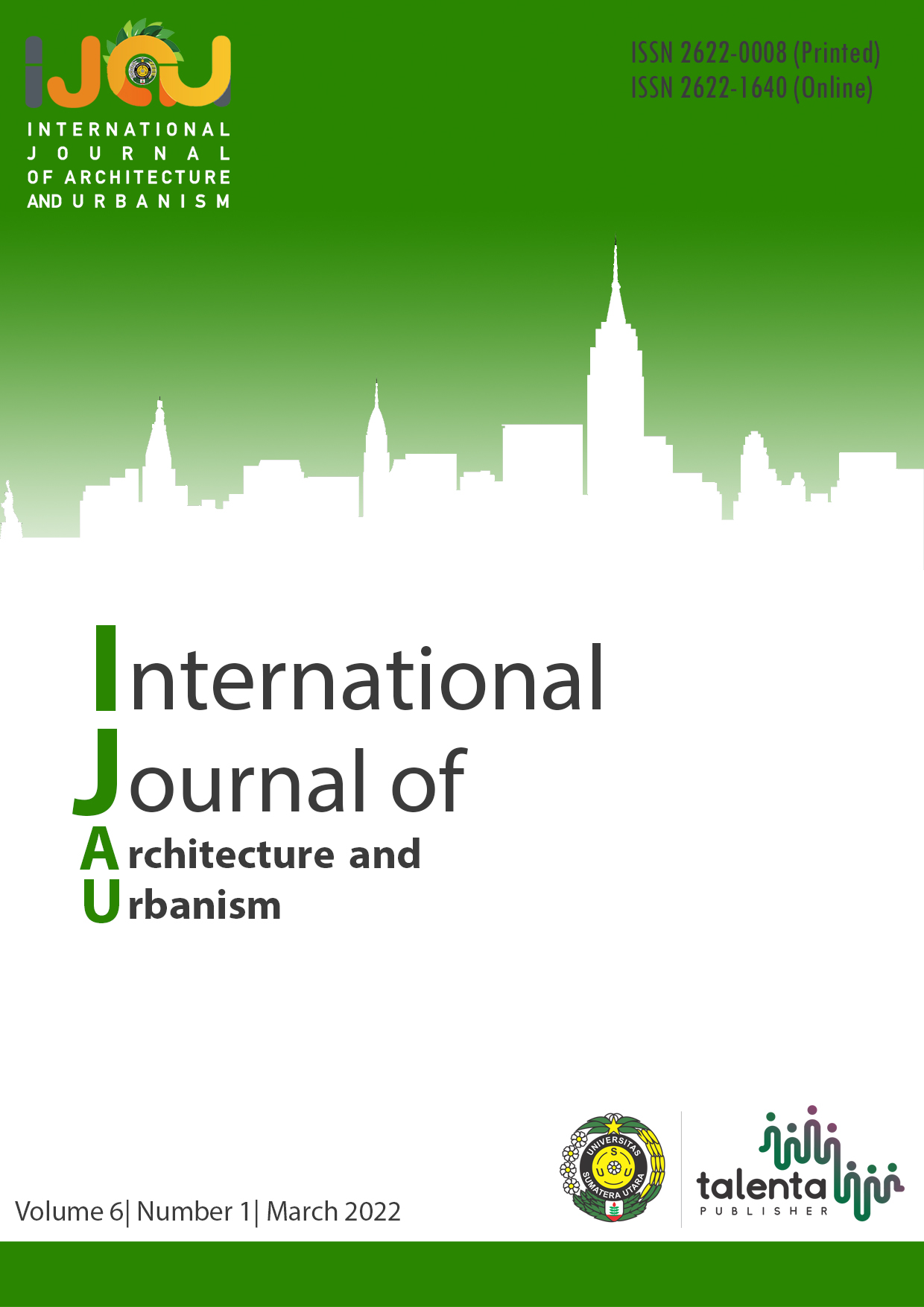Economic Hotel And A Culinary Center Sustainable Architecture Approach
DOI:
https://doi.org/10.32734/ijau.v6i1.8670Keywords:
commercial, culinary, hotel, region, sustainableAbstract
The Kwala Bekal area in Medan is one area included in the Transit-Oriented Development (TOD) development project which, according to the book The Next American Metropolis, is categorized as a commercial area [1]. Where urban development focuses on public transportation such as public transportation, buses, and trains and minimizing private vehicles. In this case, the designer will discuss how to design hotel buildings and culinary centers using the concept of Sustainable Architecture. The design problem found in planning and designing buildings following the functions of hotels and culinary centers. The aims and objectives of project planning are to design economical hotel buildings and culinary centers on an elongated site and Implementing the applications of Sustainable themes into the building. The methodology used in this design is data collection methods, design approaches, and analysis methods. From the results of research on the design concept, existing and placement of the building period, it was found that the Kwala Bekal City, which is in the Medan Tuntungan sub-district, was a development project by P.T Propenas Nusa Dua which had become a master plan design for the embryo of the new city of Kwala Bekal. So that, the completion of the construction of an economical hotel & culinary center can complement residential facilities in the commercial area
Downloads
Downloads
Published
How to Cite
Issue
Section
License
Copyright (c) 2022 International Journal of Architecture and Urbanism

This work is licensed under a Creative Commons Attribution-ShareAlike 4.0 International License.


.png)










